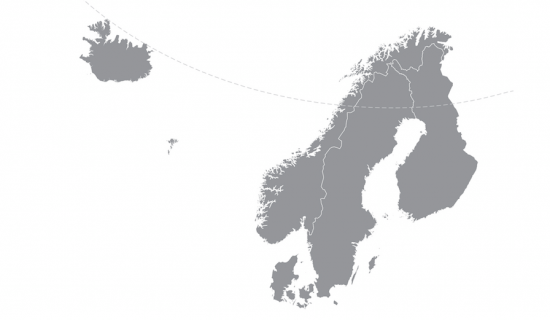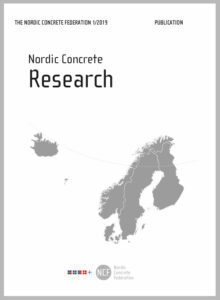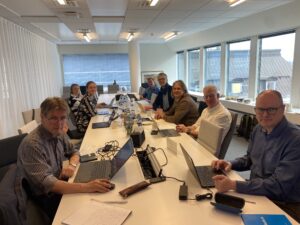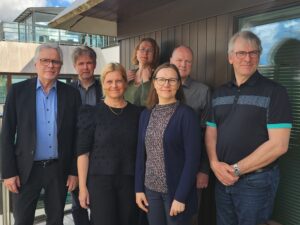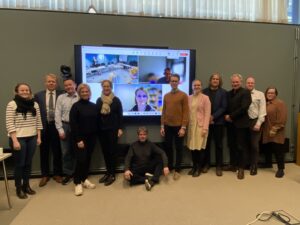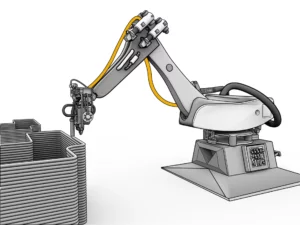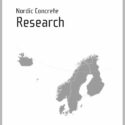The December 2023 issue of Nordic Concrete Research Journal is available for download at the open access platform Sciendo. Click here for access.
About the issue:
The science of concrete covers three different parts; (i) materials, (ii) structures, and (iii) production. In recent years, a large share of the Nordic concrete research has been focusing on sustainability, especially on more environmentally friendly concrete mixtures where parts of the Portland cement content have been replaced by industrial by-products, e.g., fly-ash, silica fume, and slag. Simultaneously, the research devoted to concrete structures and especially concrete production has diminished. Thus, it is satisfying that current issue of Nordic Concrete Research presents at least one paper on production, in this case on workability. In Norway, a sudden and problematic change in workability has been observed in as much as 30 % of the concrete production. Likely causes are changes in the material properties, especially in the particle size distributions of both fine and coarse aggregates. Shotcrete and 3D printing (3DP) och concrete have several similarities. In both cases, formwork is omitted, casting is replaced by spraying or printing through a nozzle and the fresh concrete needs to have a certain strength in order to either adhere to a surface or carrying the subsequent printing layers. Since the maximum aggregate size is limited in both cases, the cement content is fairly high. In a Swedish paper, tests where parts of the Portland cement are replaced by slag are conducted. A key to success in the shotcrete business is rapid hardening and, in this paper, it has been shown that a compressive strength of 18 MPa could be obtained already after 24 hours for a replacement level of 35 percent. By using 3DP, it will be possible to optimize concrete structures based on the stress flow, i.e., increasing the local material volume or thickness in areas with high stresses and minimizing the thickness in areas with low stresses. A Swedish paper shows an attempt to study this in the laboratory by the use of small-scale specimens. Carbonation of concrete leads CO2 uptake from the atmosphere and thus a CO2 sink. In a Swedish paper, forced carbonation has been studied on crushed cement pastes containing Portland cement and either fly ash (FA) or ground granulated blast furnace slag (GGBS). The CO2 uptake was found to be higher in mixtures containing FA or GGBS than in the reference mix containing solely Portland cement. The final two papers deal with various durability problems. One Danish paper is investigating the chloride migration in concrete mixes with blended cement whereas the other one (a Finnish paper) is focusing on the concrete cover that is necessary for long-term durability. Different none destructive test (NDT) methods were studied to measure the concrete cover. Ground penetrating radar (GPR) has advantages in concrete structures with reinforcement in large percentages and with a complex geometry whereas the simple cover meter is the most suitable method in simpler reinforcement arrangements.
Nordic Concrete Research – Publ. No. NCR 69 – ISSUE 2 / 2023 – Preface Stockholm in December 2023 Johan Silfwerbrand Editor of NCR
Click here for an overview of all previous issues of the NCR Journal.
